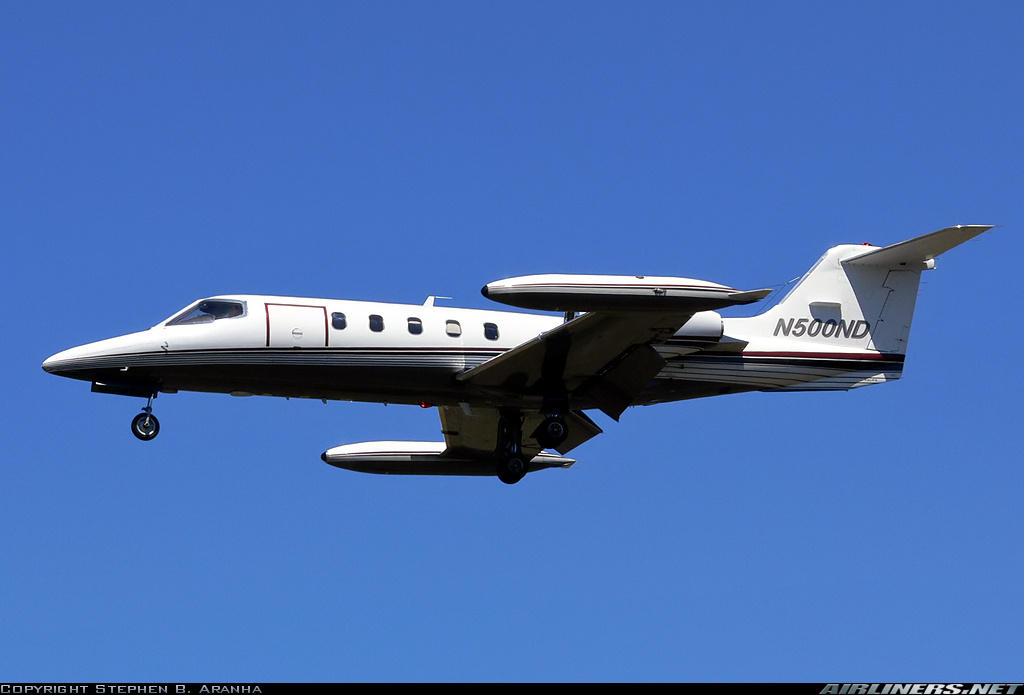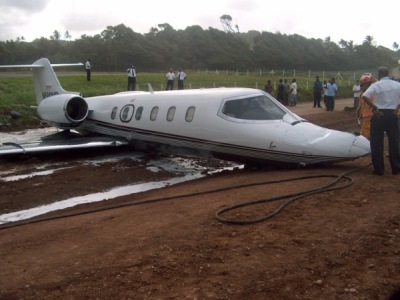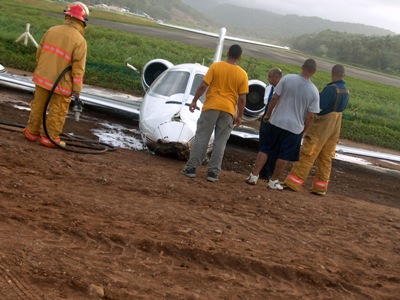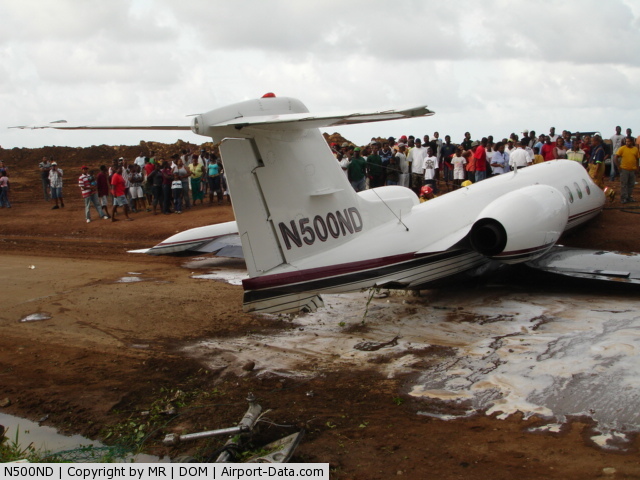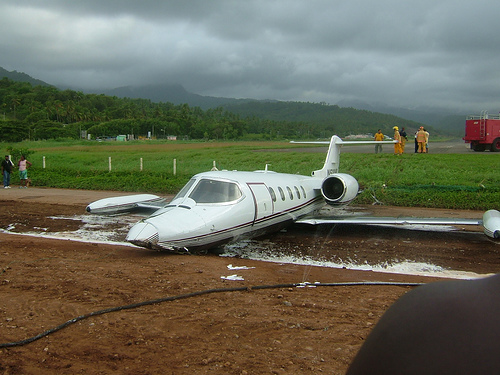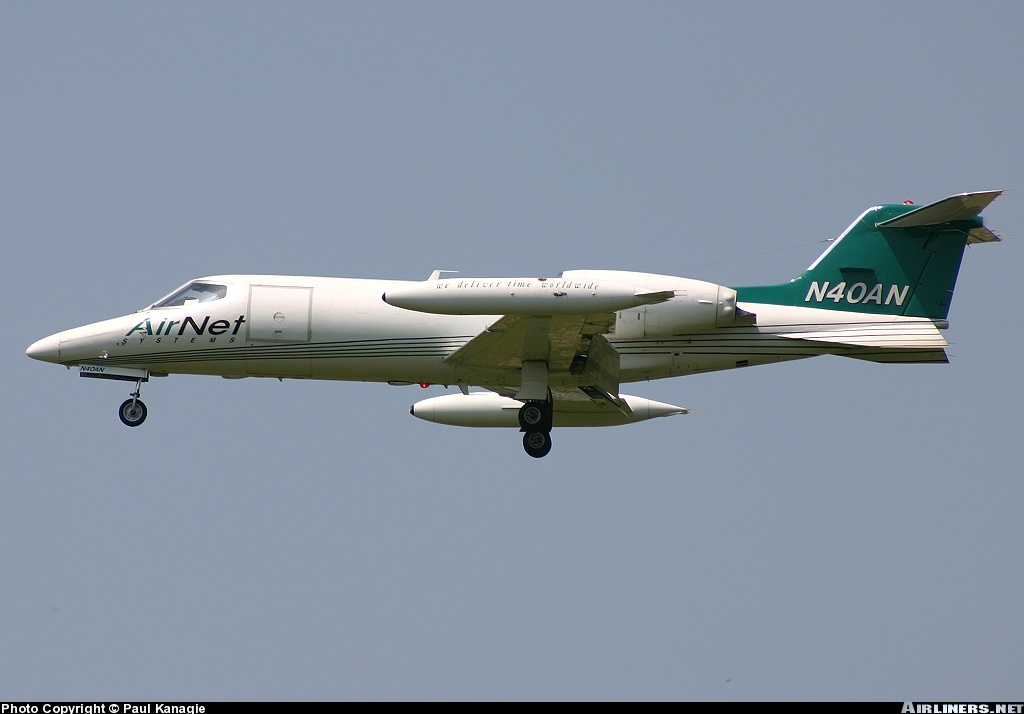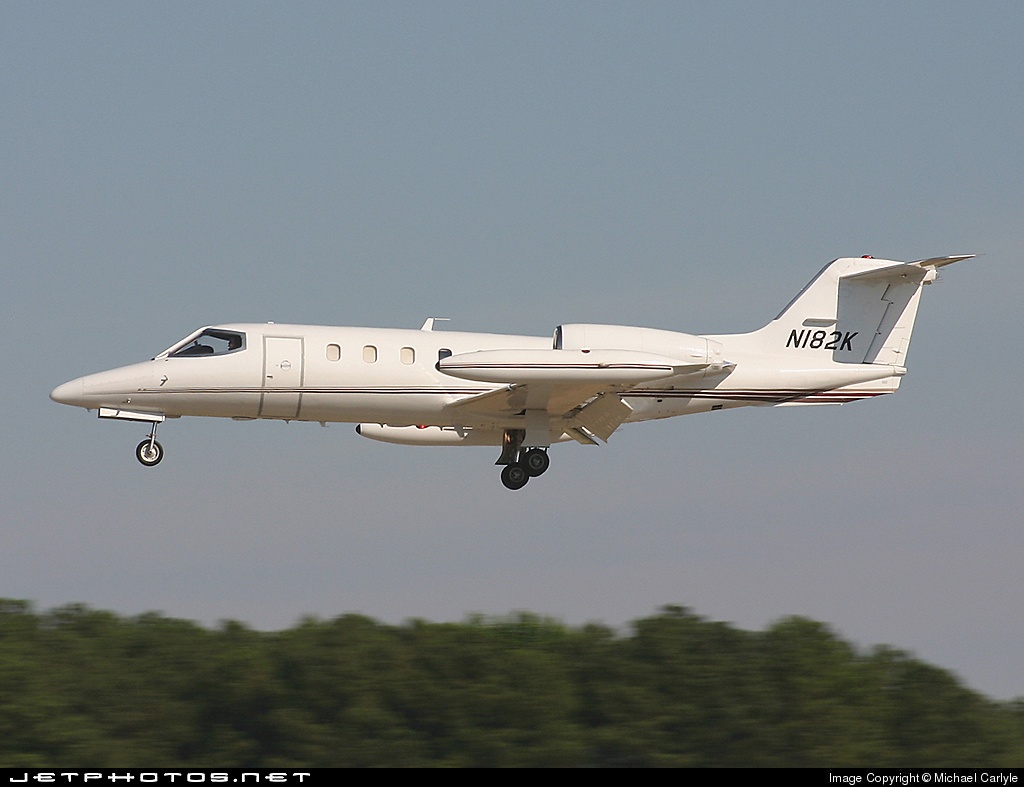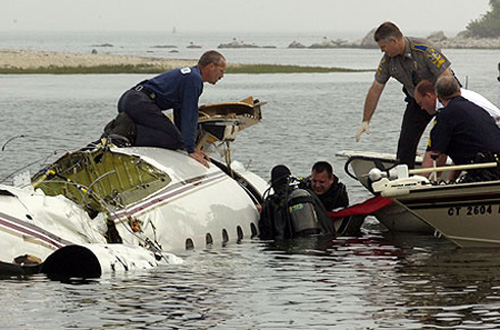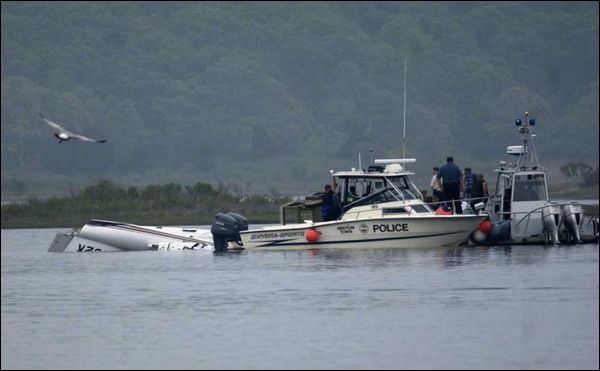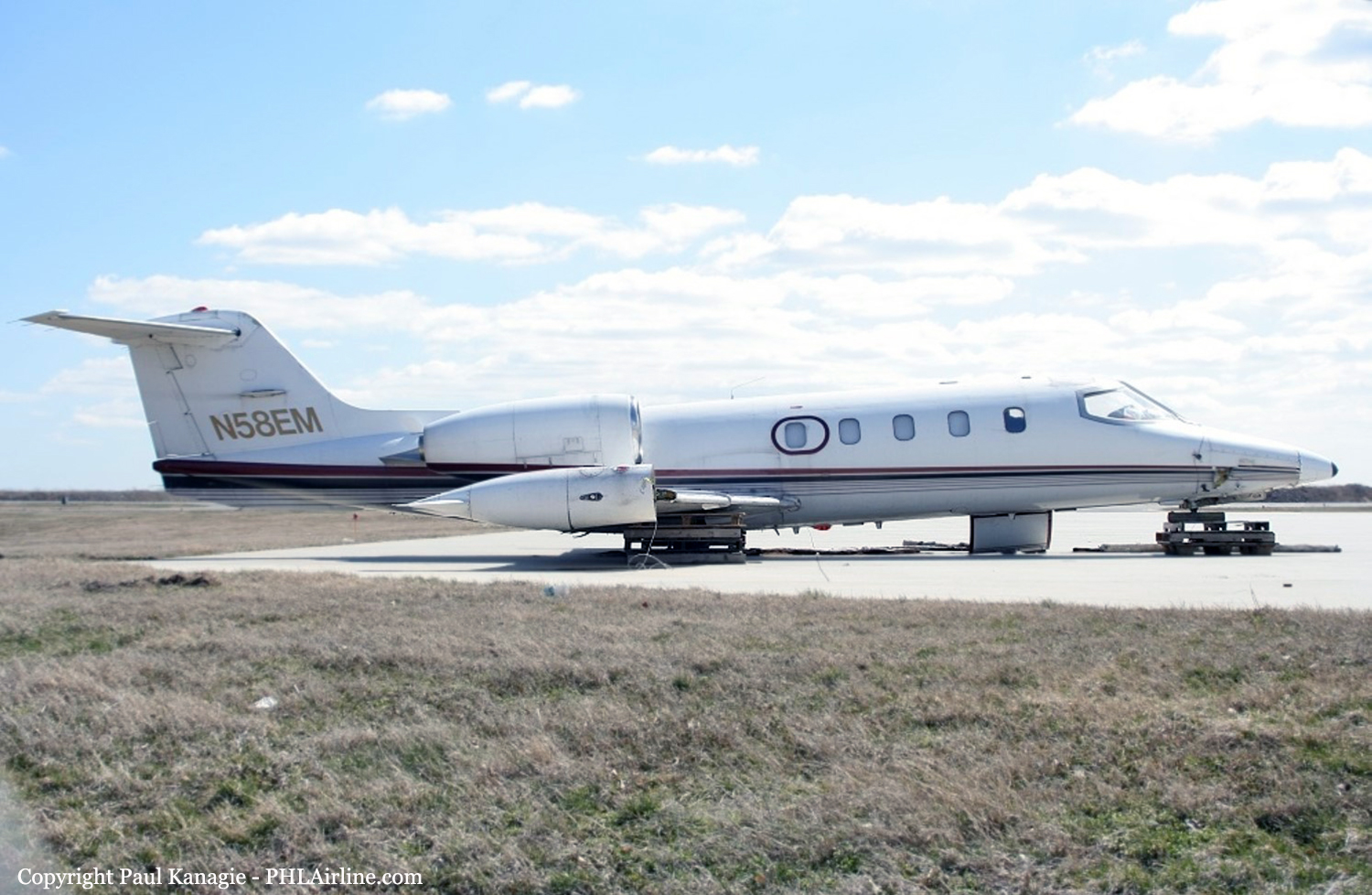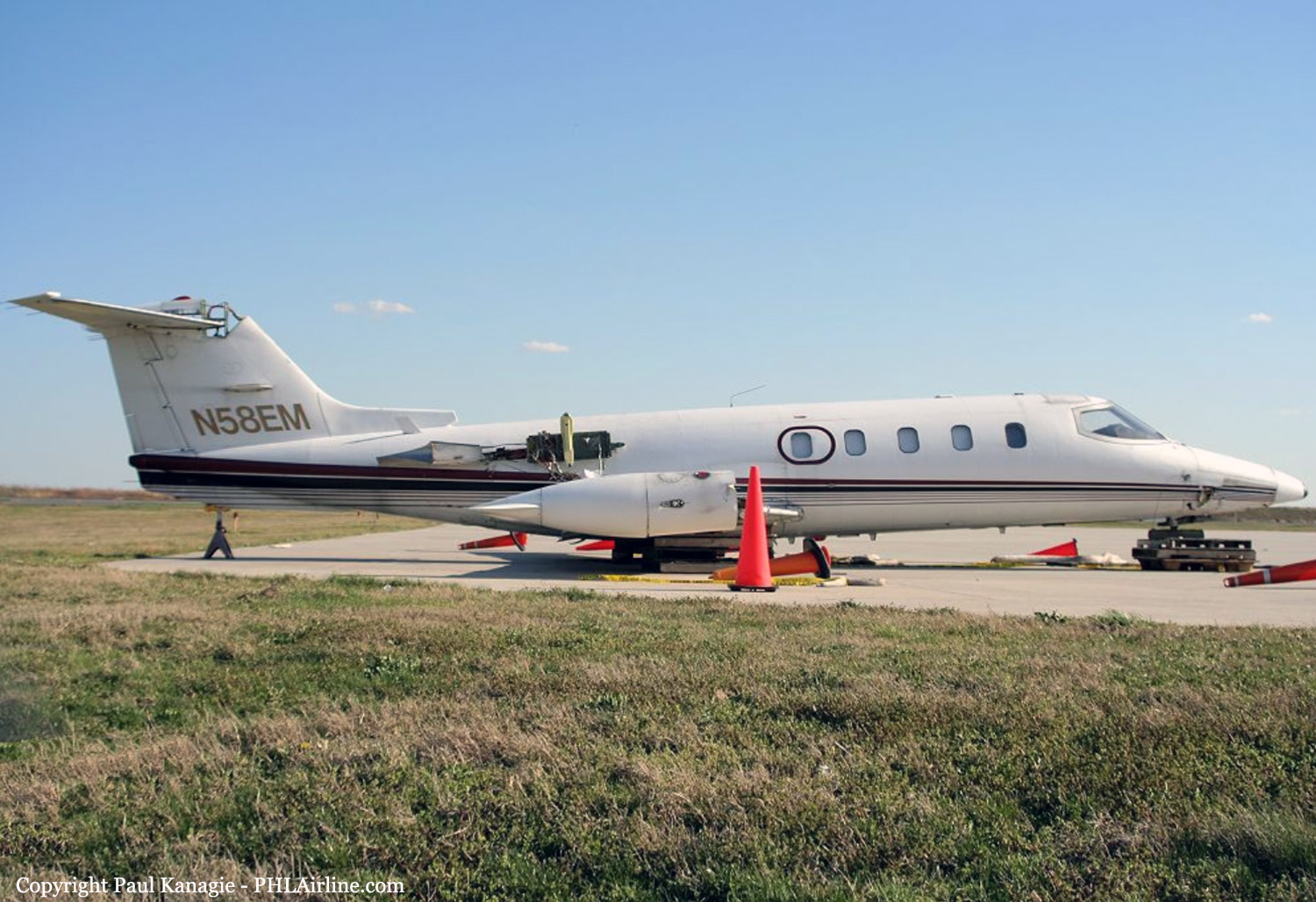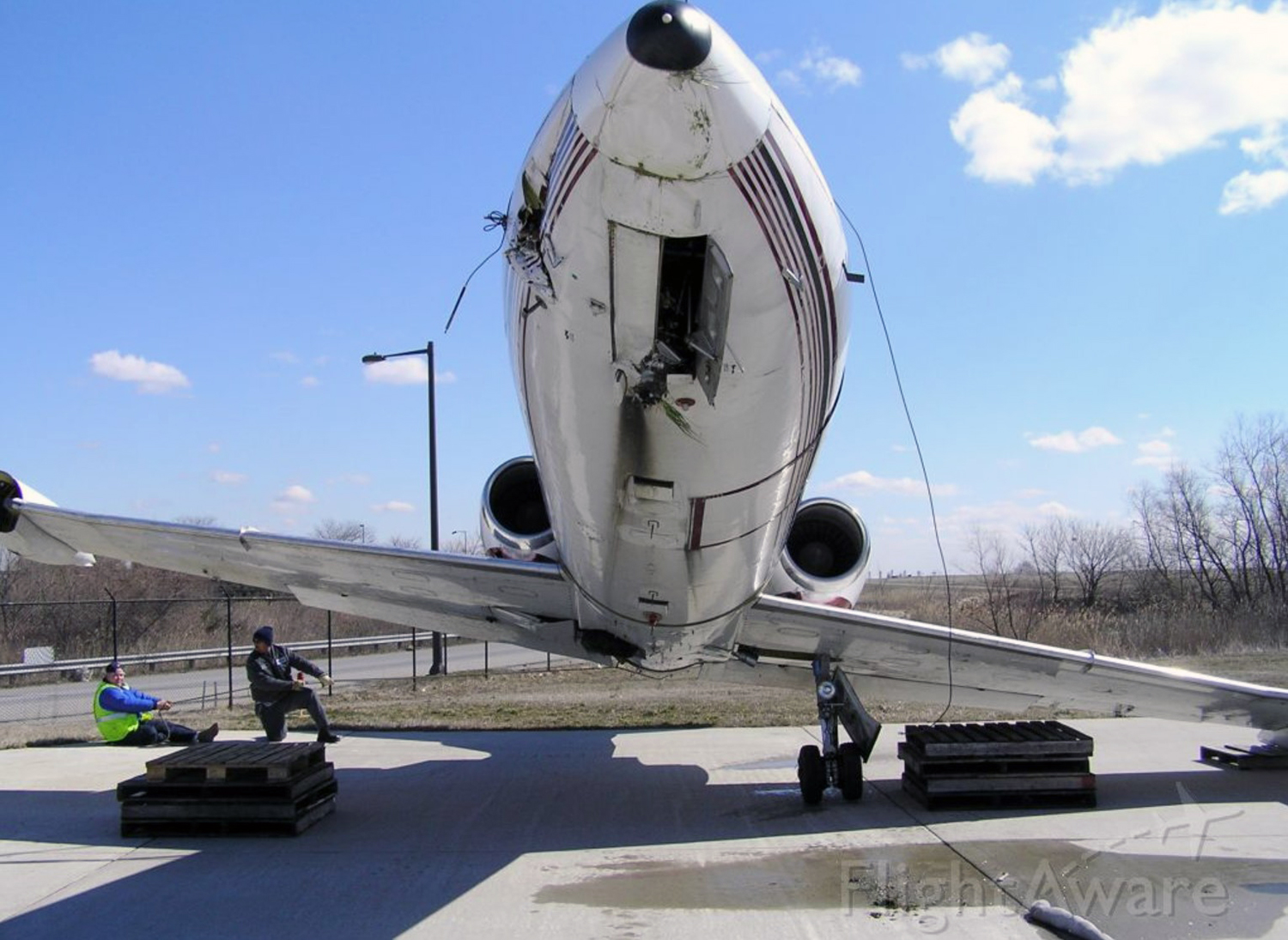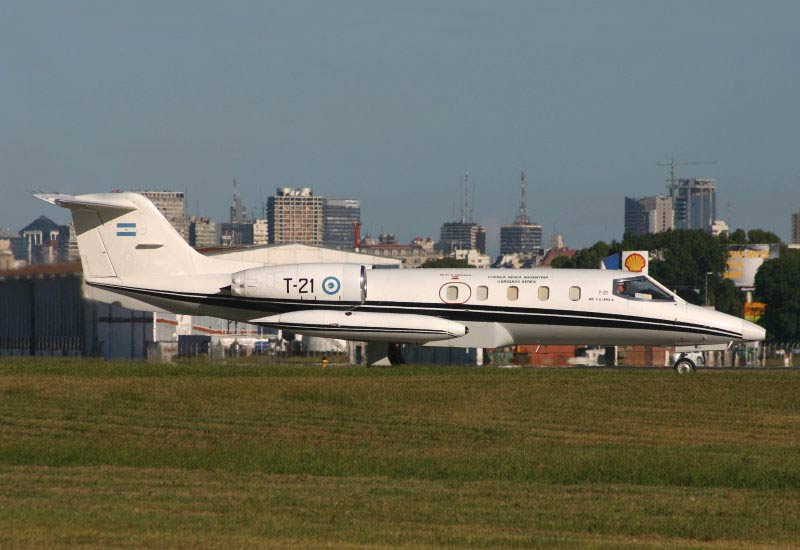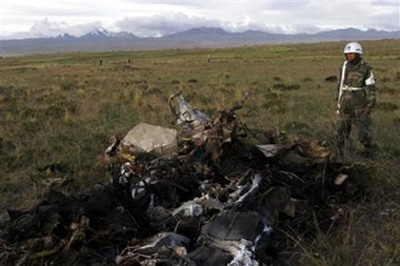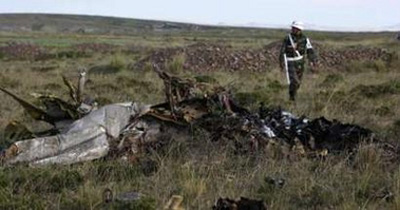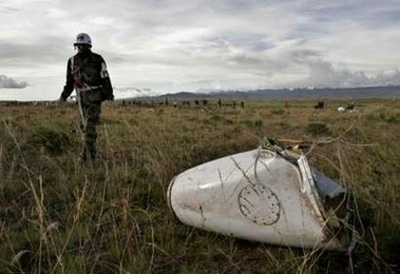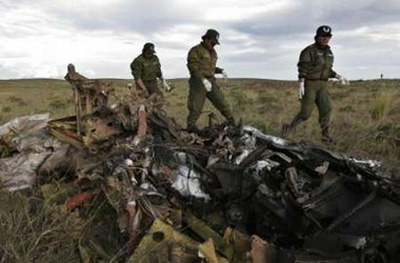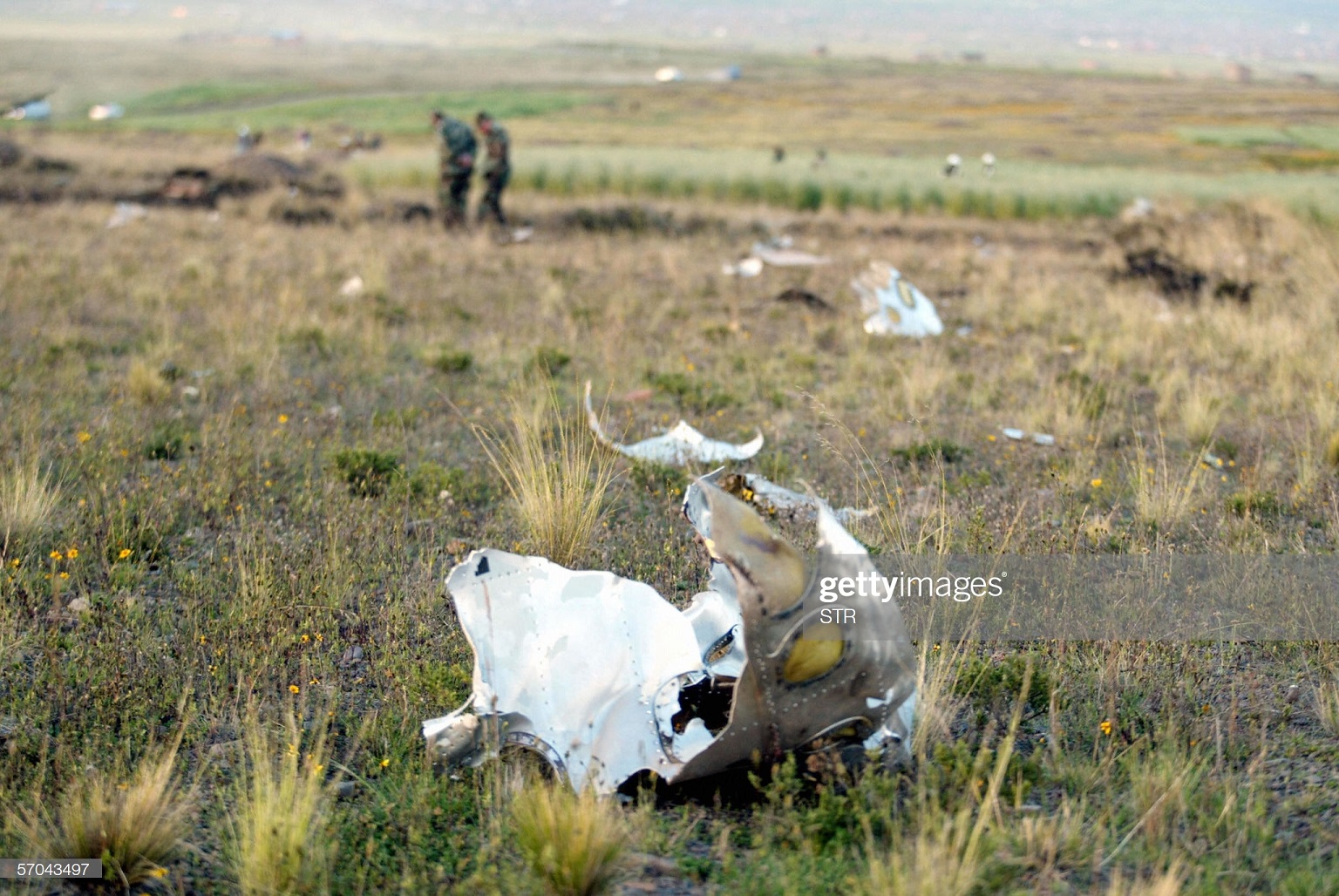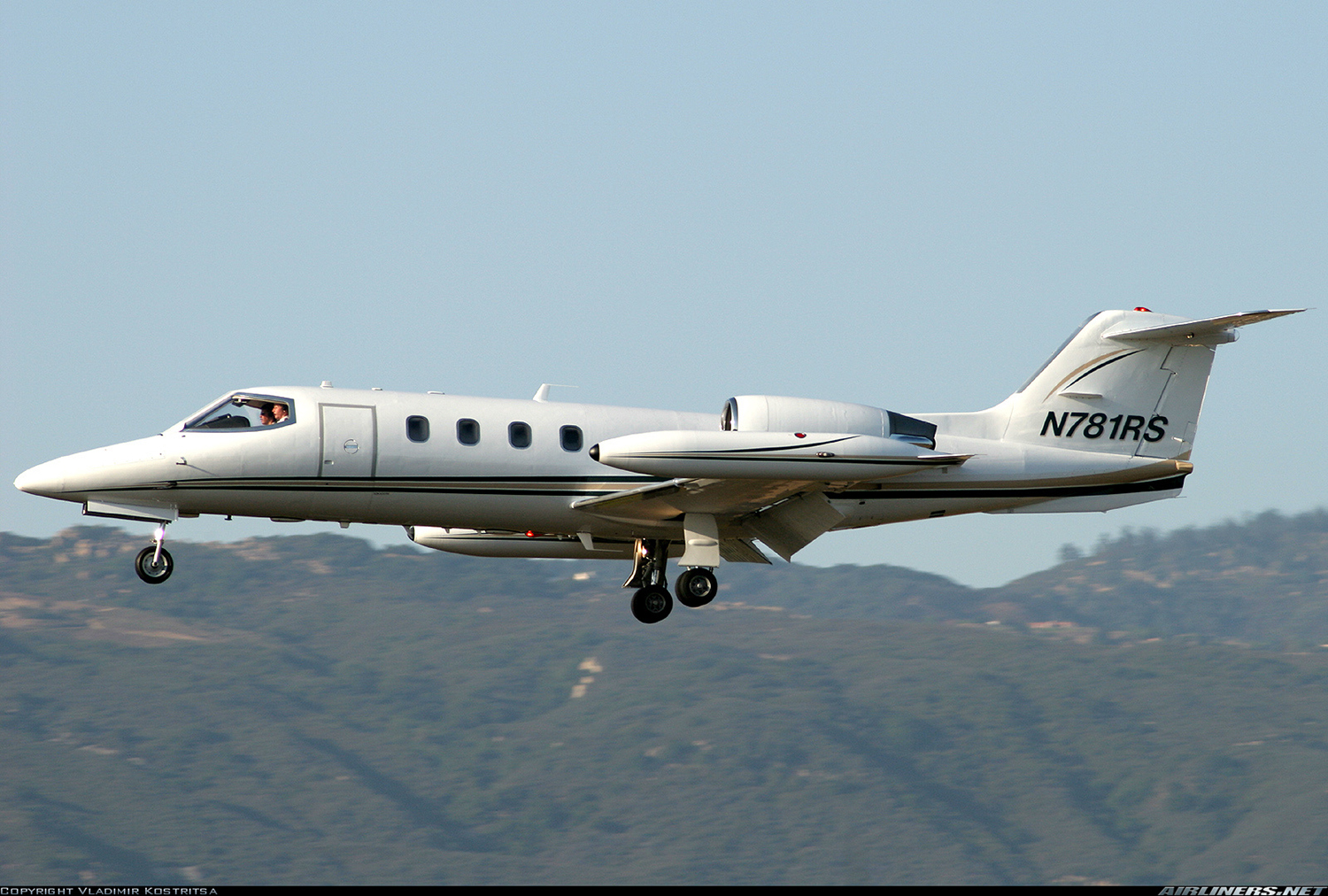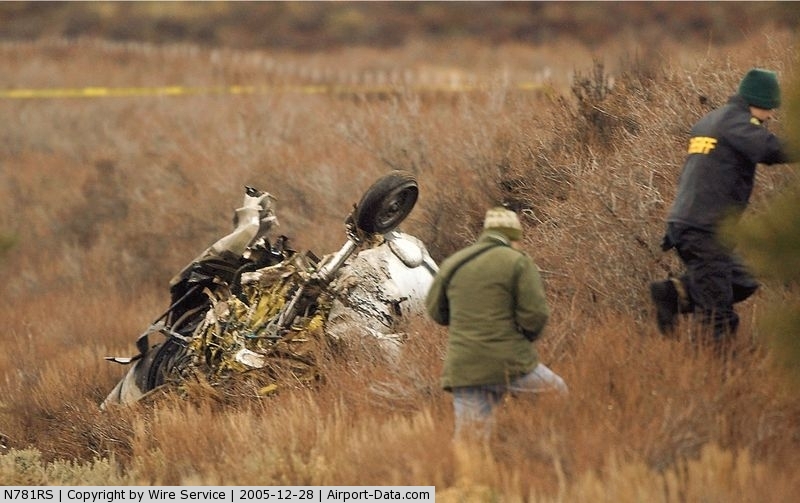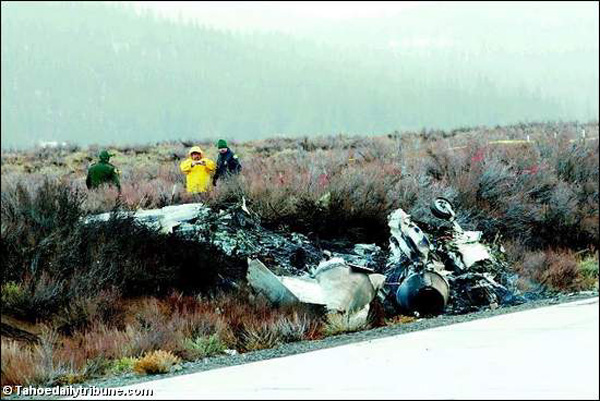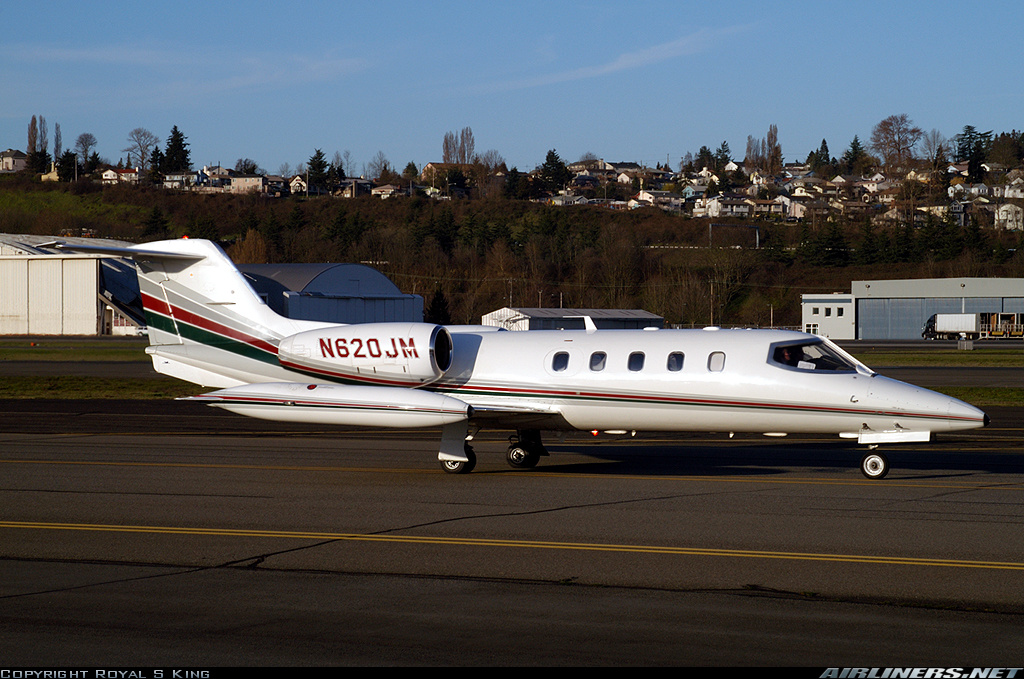Crash of a Learjet 35A in Marigot
Date & Time:
Aug 11, 2007 at 1635 LT
Registration:
N500ND
Survivors:
Yes
Schedule:
Saint John's - Marigot
MSN:
35A-351
YOM:
1980
Crew on board:
2
Crew fatalities:
Pax on board:
4
Pax fatalities:
Other fatalities:
Total fatalities:
0
Circumstances:
On August 11, 2007, at 1635 Atlantic standard time, a Gates Learjet 35A, N500ND, registered to World Jet of Delaware Inc, and operated by World Jet II as a 14 CFR 135 on-demand on-scheduled international passenger air taxi flight, went off the end of runway 09 at Melville Hall, Dominica, on landing roll out. Visual meteorological conditions prevailed and an instrument flight rules flight plan was filed. The airplane received substantial damage. The airline transport rated pilot in command (PIC), first officer (FO), and four passengers reported no injuries. The flight originated from Saint John's Antigua Island on August 11, 2007, at 1600. The PIC stated the first officer was flying the airplane and the tower cleared them to enter a left downwind. On touchdown the FO requested spoilers, and noticed poor braking. The PIC pumped the brakes with no response. The drag chute was deployed but was not effective. The PIC stated he took over the flight controls and applied maximum braking. The airplane continued to roll off the end of the runway, down an embankment, through a fence, and came to a stop on a road.
